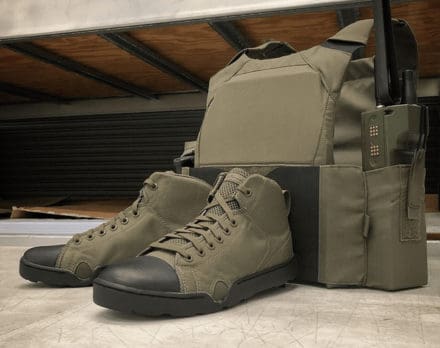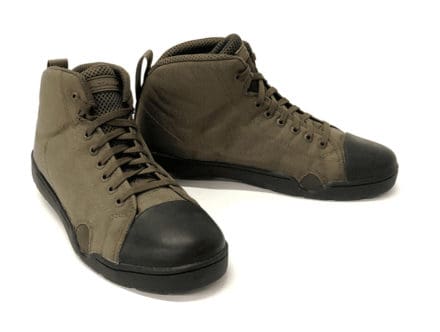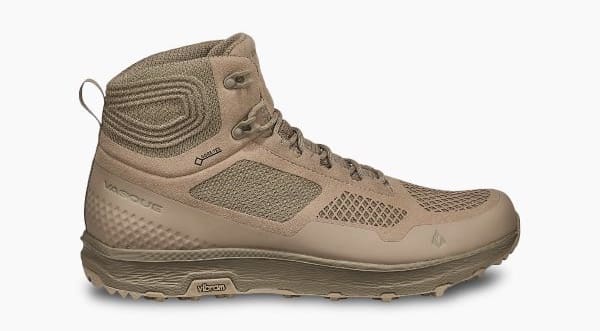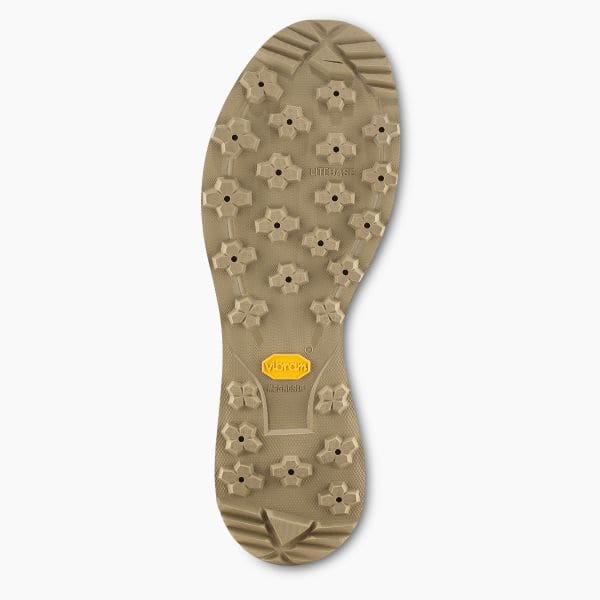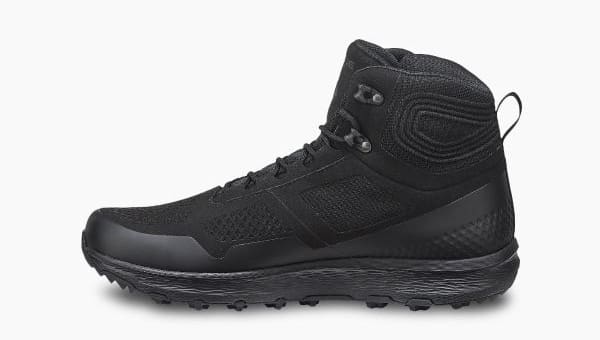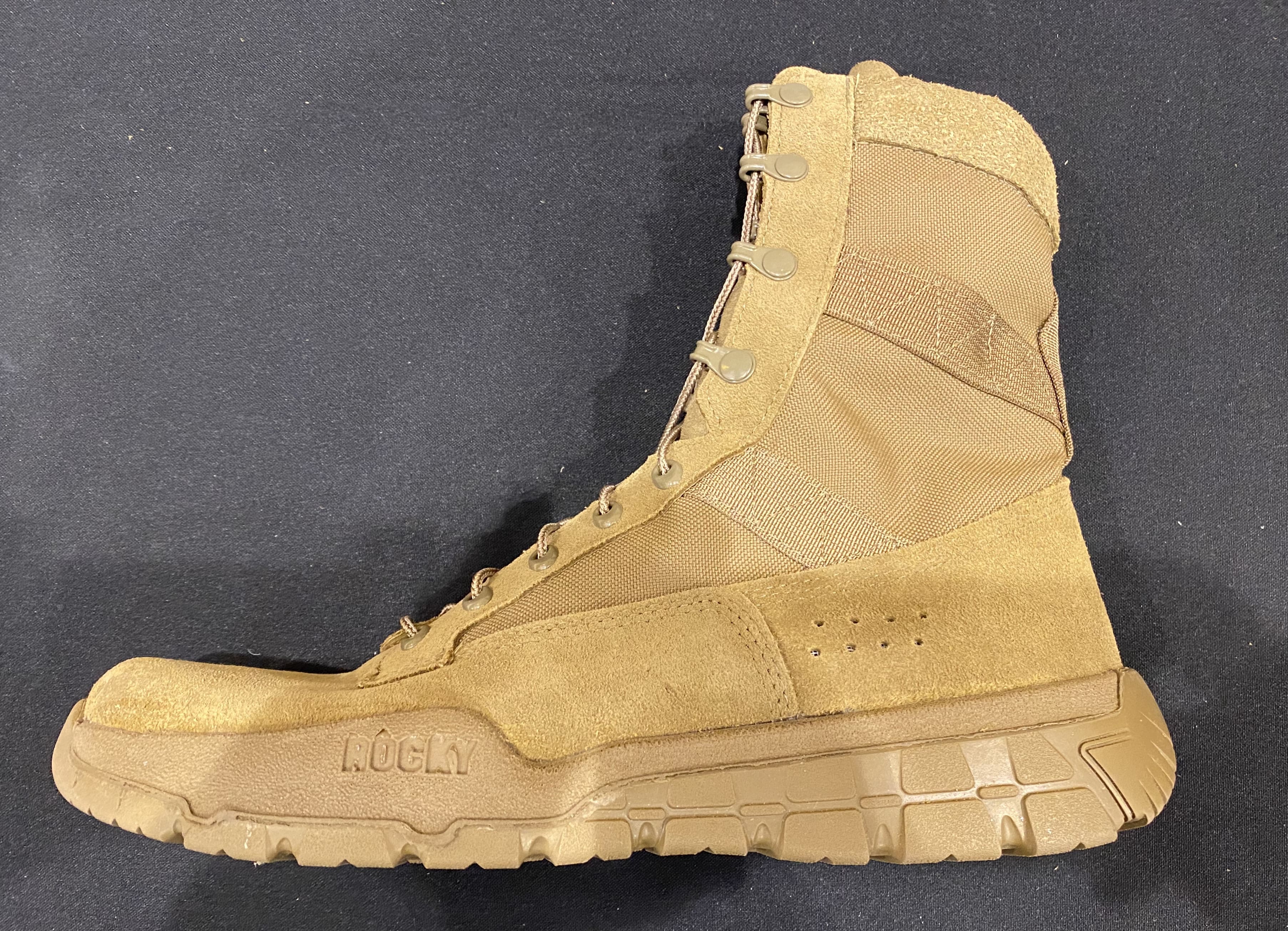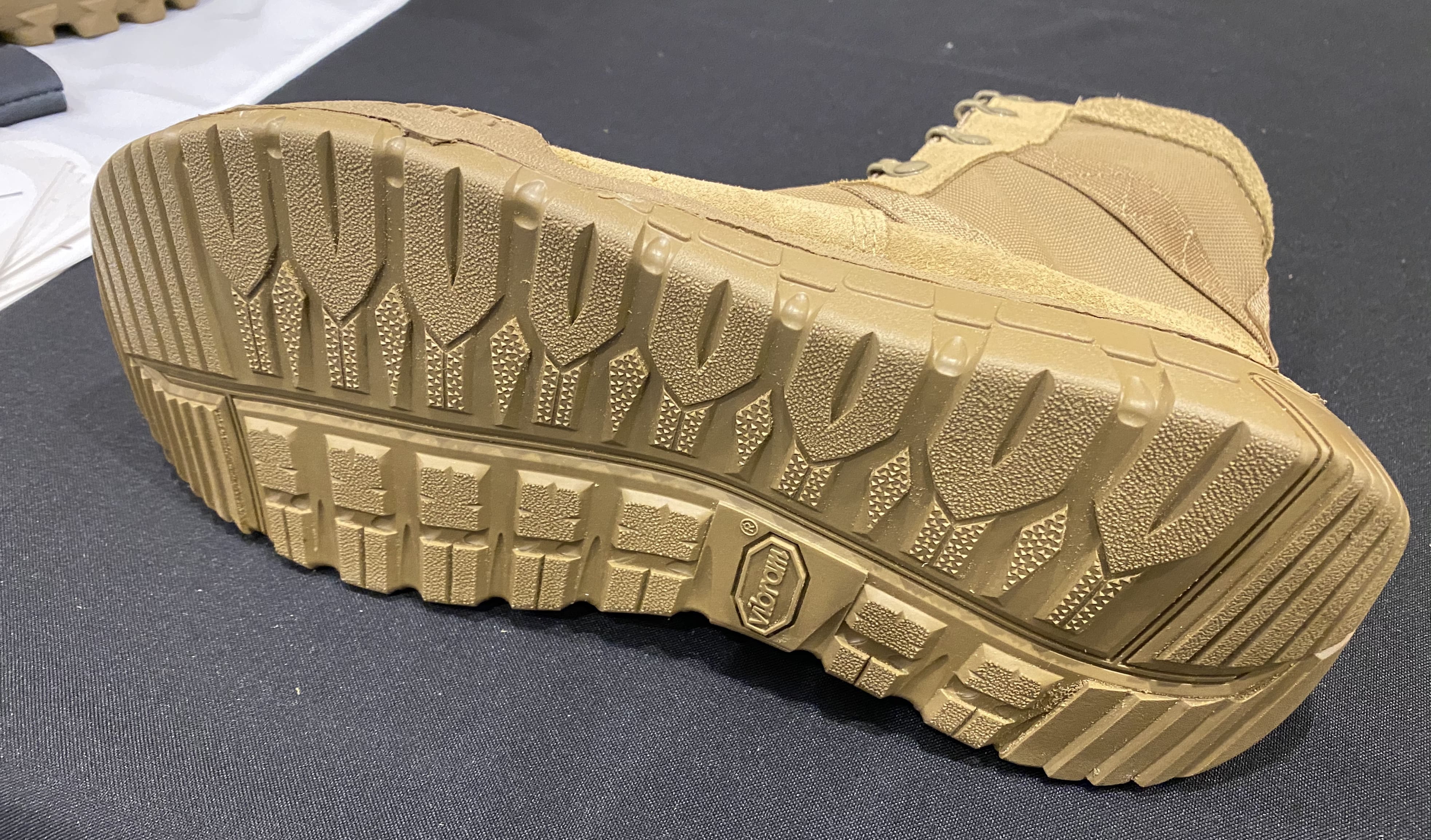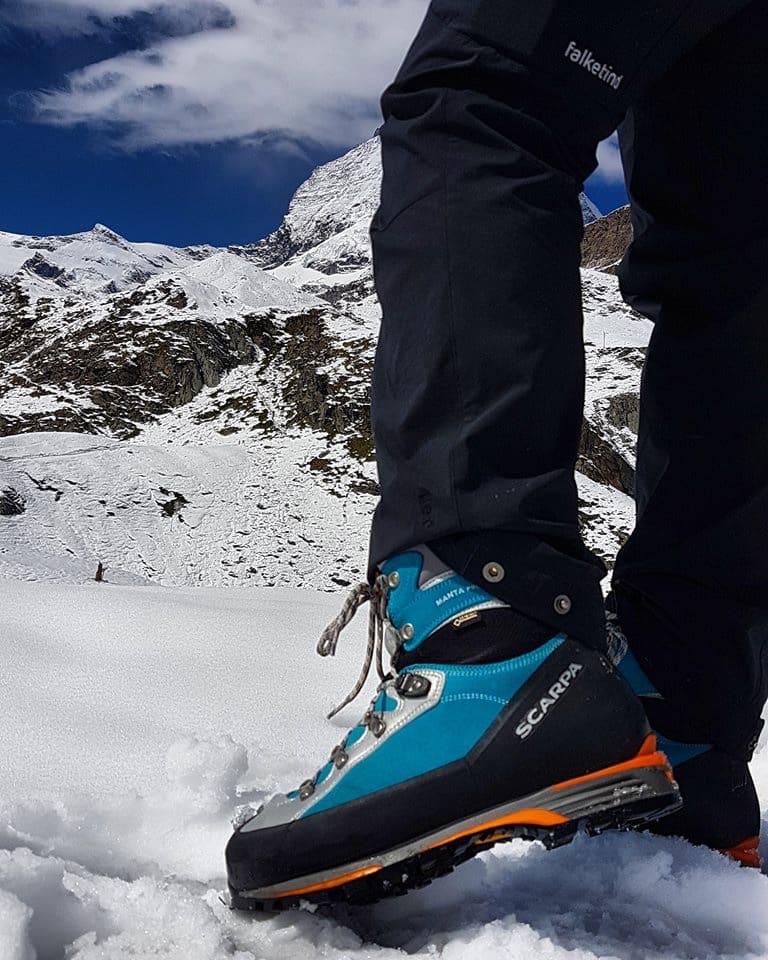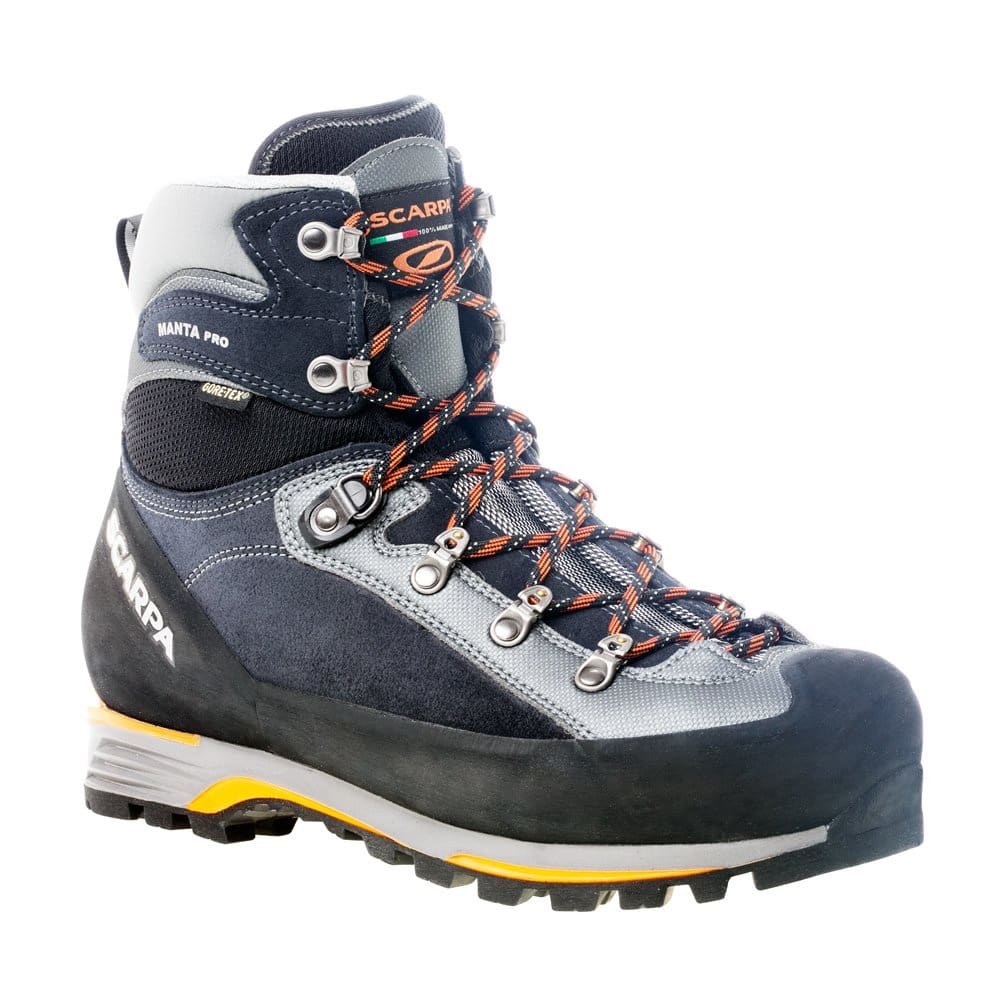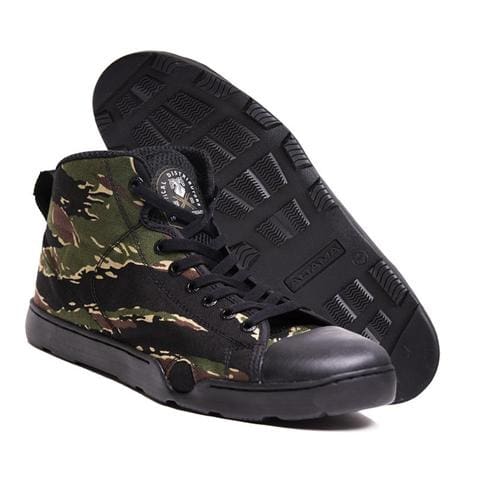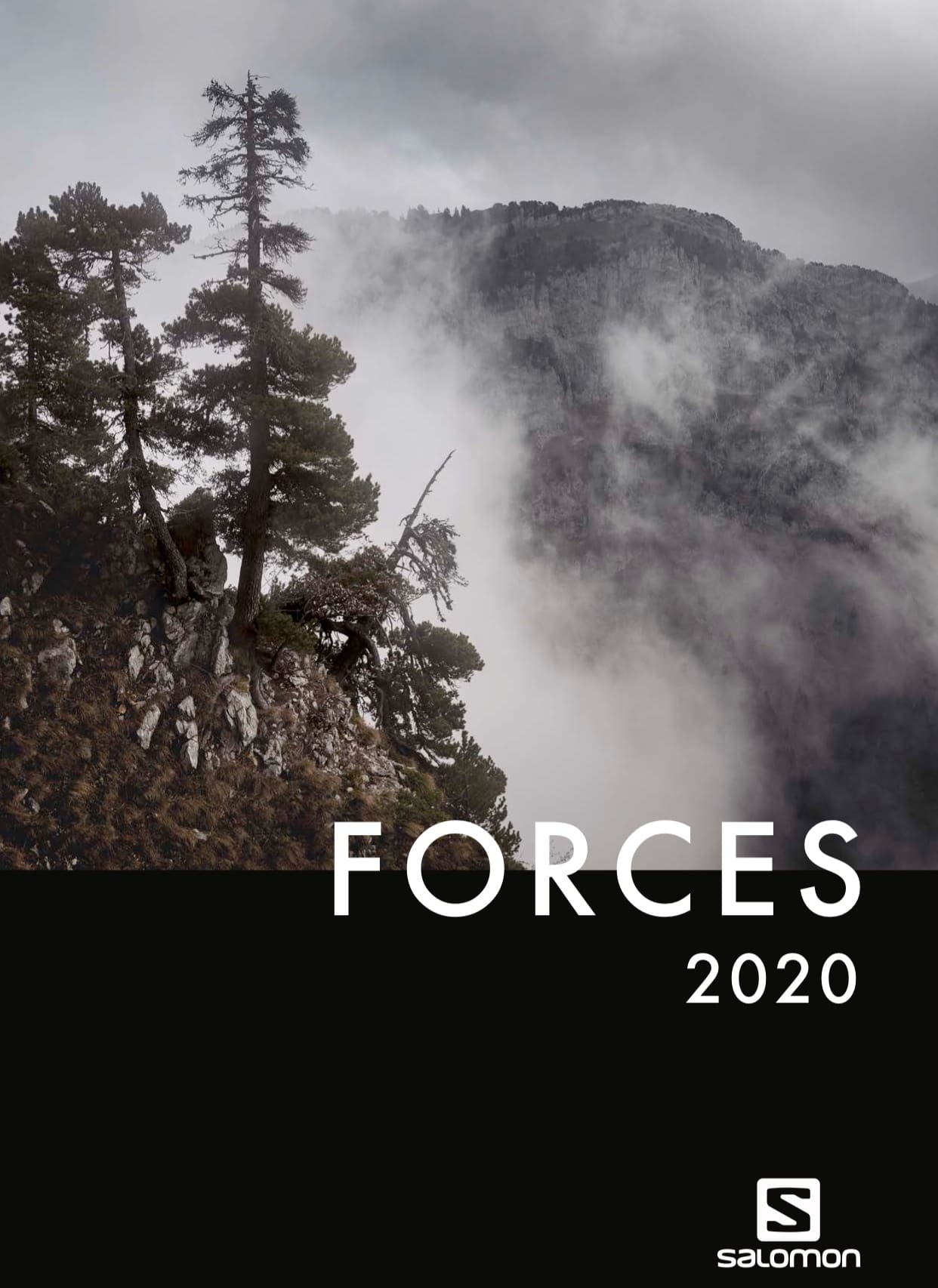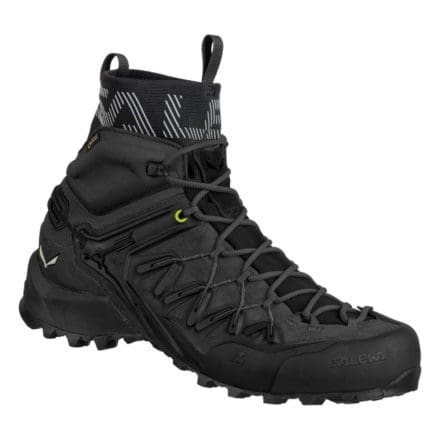
Salewa’s Wildfire Edge features their Switchfit system which allows you to quickly adapt the fit from hiking to climbing, by offering compression at the toes similar to a climbing shoe. Simply tighten the laces to pull your foot forward into the toebox. Once you’ve finished climbing, return the laces to the original position, for a wider toebox and more hiking comfort.
To further enhance climbing precision, the Wildfire Edge’s insole also incorporates an Edging Plate below the side of the foot and big toe – for additional, directional stiffness – while the rest of the insole remains flexible and responsive to ensure good comfort and a natural rolling motion. The 11 mm drop is also ideal for fast mountain approaches or superior grip when traversing. The lightweight, flexible mid-cut upper is made of high-quality 1.6 mm suede leather, while the Exa Shell provides enhanced torsional stability and works together with the 3F System to wrap the foot for better flexibility, fit and support. Inside, the GORE-TEX® Extended Comfort lining is durably waterproof and breathable, so that precipitation and groundwater are kept out, but perspiration can easily escape from your feet. For greater protection against snow, scree and trail debris, there is a stretch gaiter. You can also customize the inside volume, thanks to the MFF+ footbed.
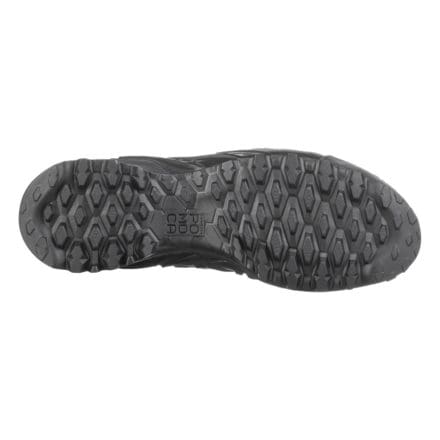
Underfoot, the Wildfire Edge Mid GORE-TEX® is equipped with the Pomoca Speed MTN Pro sole which uses Pomoca butyl compound rubber for better grip and friction on rock in both dry and wet conditions. The sole has a precision climbing zone at the toe, good edging performance and well-spaced tread blocks for improved traction on soft ground, such as mud and grass.
www.salewa.com/en-us/wildfire-edge-mid-gore-tex-mens-shoes
